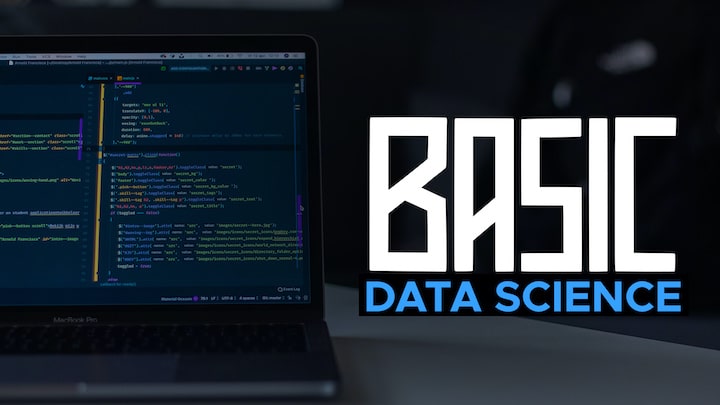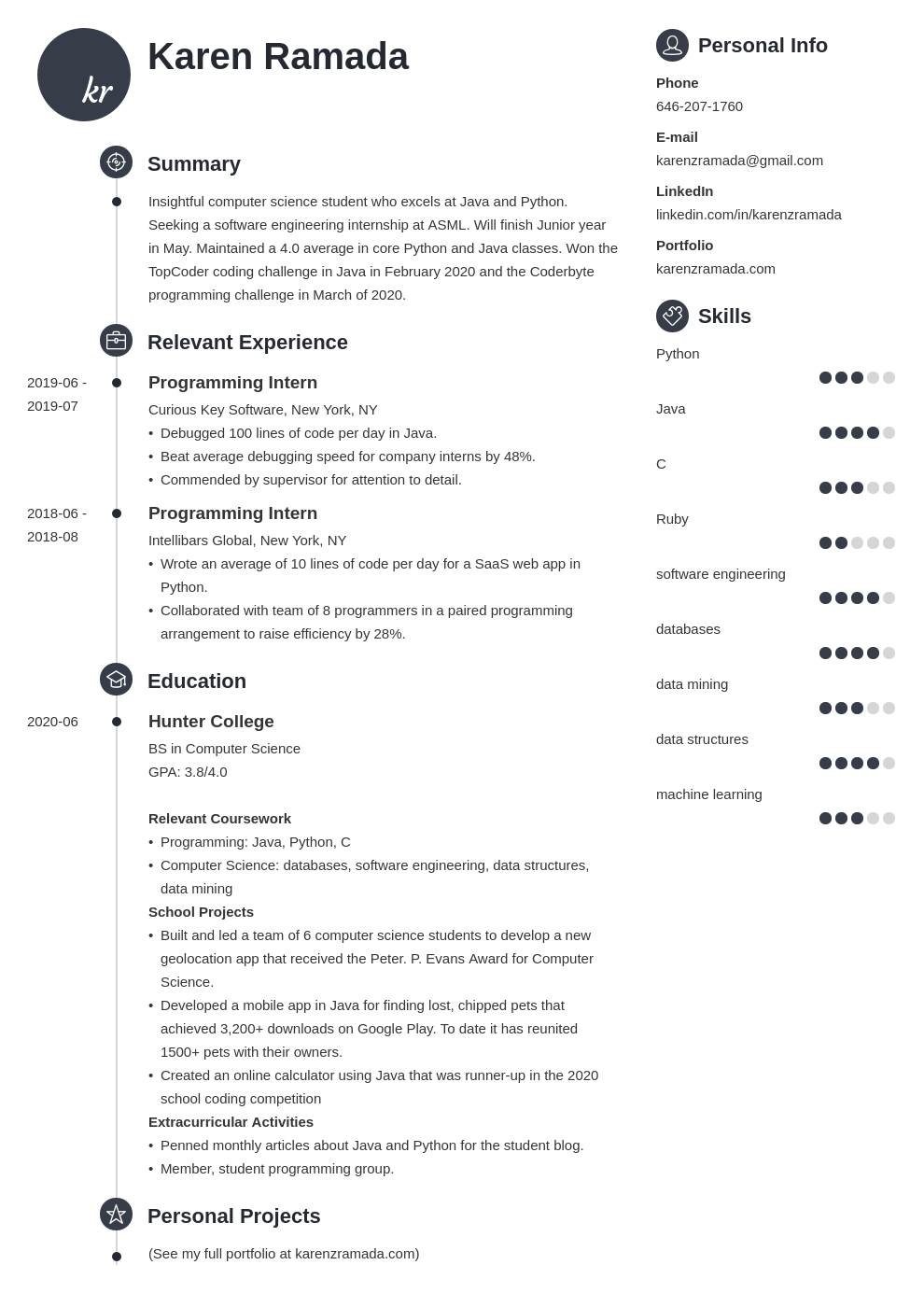

We gave a small sample of users the elastic search, and ran the test for two weeks. Then, we A/B tested the elastic search model against the Naive Bayes model, to be certain it was better. The model performed a flexible query, which was then weighted, and we would apply that to all of the jobs within a 50-mile radius of the user’s location. It would take a user’s previous job titles and education, and weight them to different degrees. The one that I designed used an elastic search model. It worked, but we had to manually tag it. Our baseline system was a Naive Bayes model.

I built a recommendation system that allowed users to see more relevant jobs. Our goal was to increase the number of applications submitted, because the company was paid on a per-job basis.Īction. A user would sign up, fill in their information, add a resumé, and start getting compatible job recommendations, instead of romantic matches. My previous company, Jobr, was like Tinder for jobs: a swiping-based dating app. Tell me about a time when you used data science to inform a business decision. Here is an example answer for a behavioral question using the STAR framework: Just remember, as a baseline, if you provide an overview of the problem and then go into the details of your approach/how you solved the problem, your answer will be effective.

Task - Outline the task you had to perform.Situation - Give an overview of the situation you found yourself in.Using the STAR framework, you would structure your answers like this: For example, the STAR model is one of the most common. You can use a framework to structure answers for your data science behavioral interviews. A strong answer to a behavioral question is structured, clear and tells a story. You will do better with behavioral questions if you learn what interviewers look for in your responses.


 0 kommentar(er)
0 kommentar(er)
